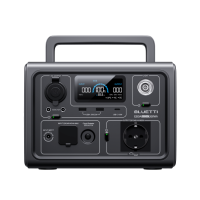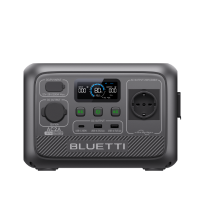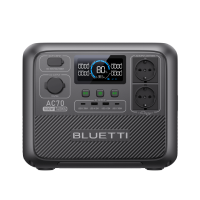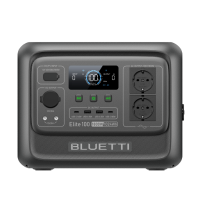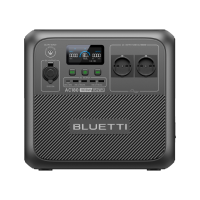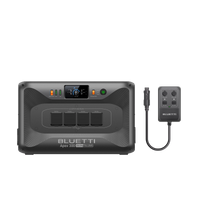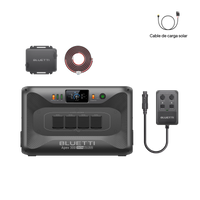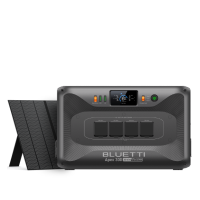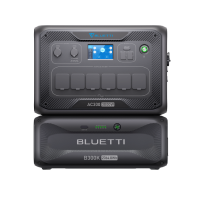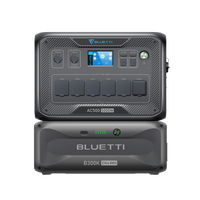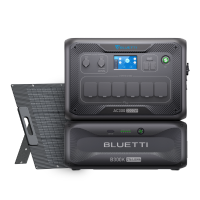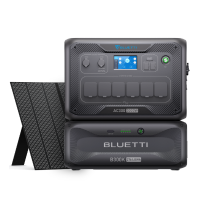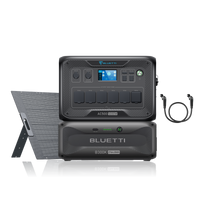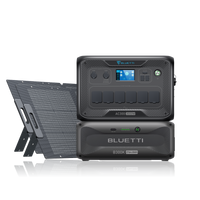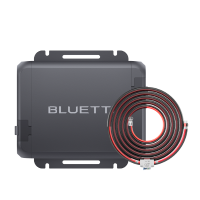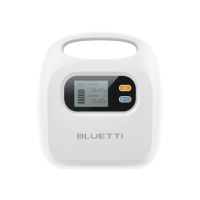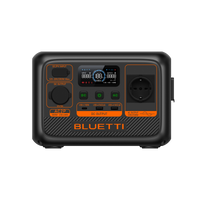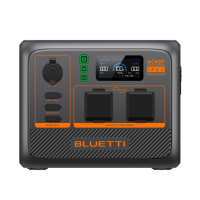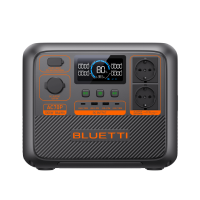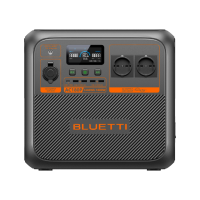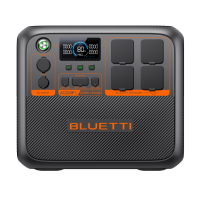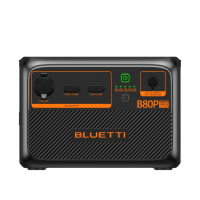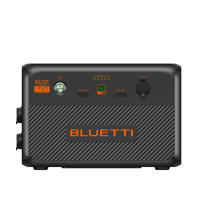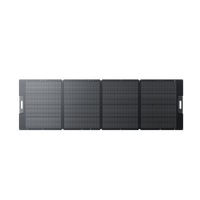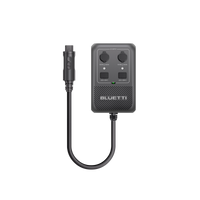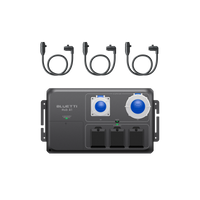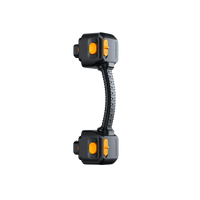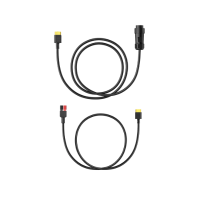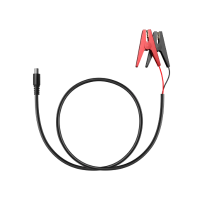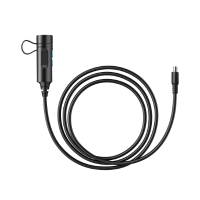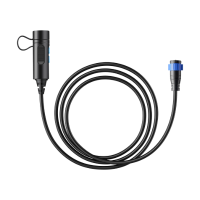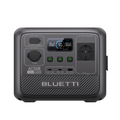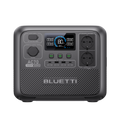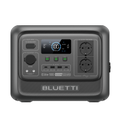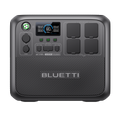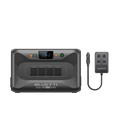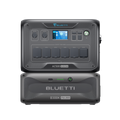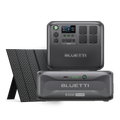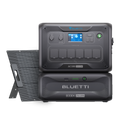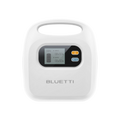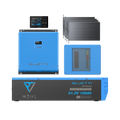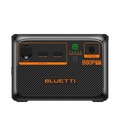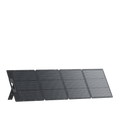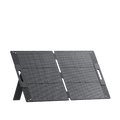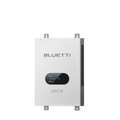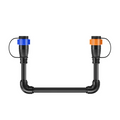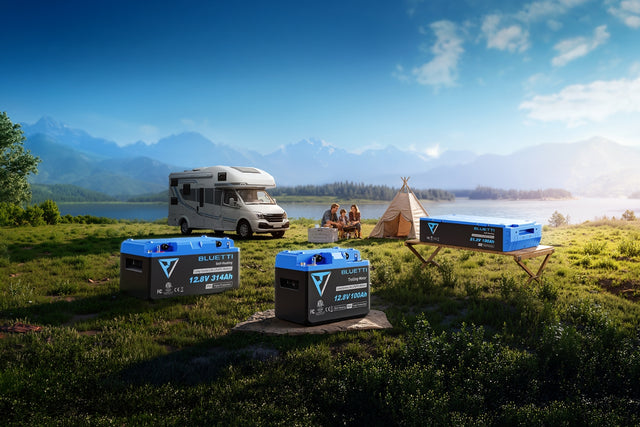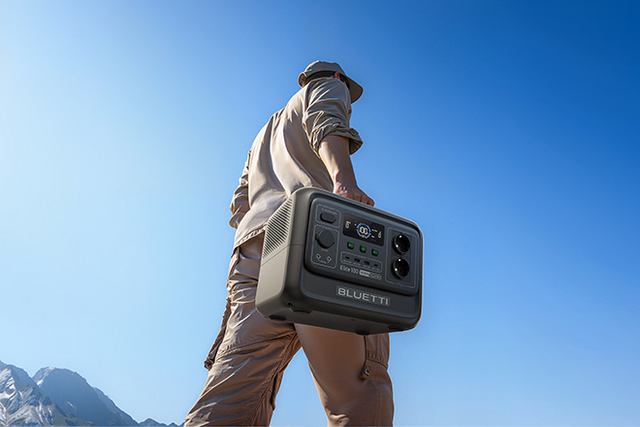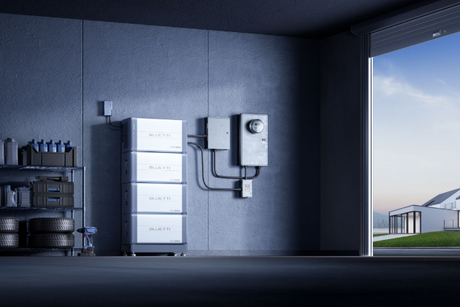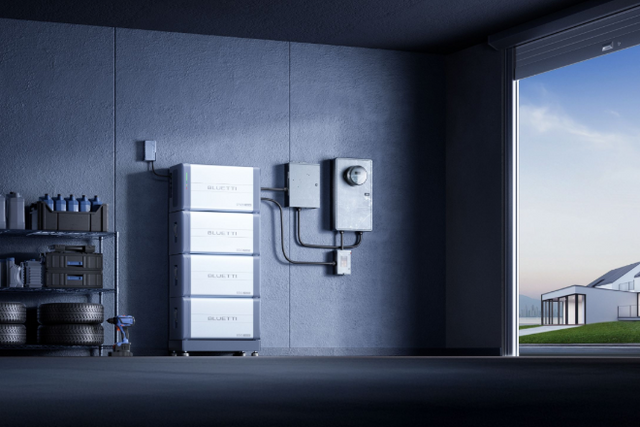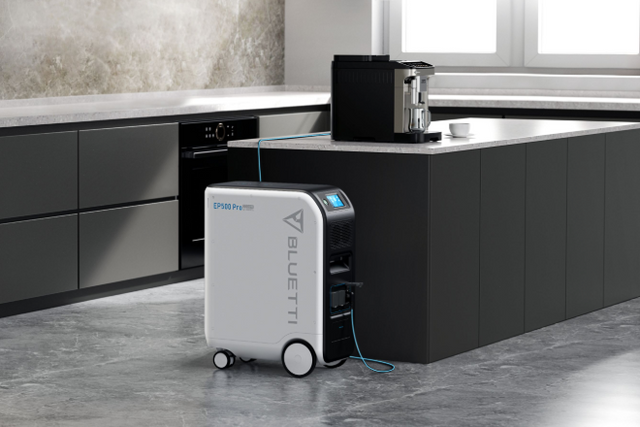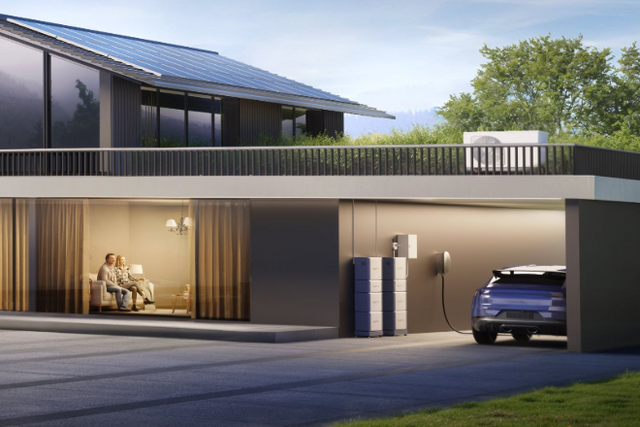Solar energy is one of the most promising renewable energy sources today, but do you know what is the best technology to take advantage of it based on your needs? In this article, we present a comparison between two of the most popular solar energy technologies: solar photovoltaic energy and solar thermal energy.
First of all, we will explain how photovoltaic solar energy works and what its advantages and limitations are. We will also show you some examples of use of this technology so that you can better understand its applicability in everyday life.
Next, we will introduce you to solar thermal energy and how solar energy is converted into thermal energy. We will show you the advantages and limitations of this technology and examples of its use.
Next, we will compare the two technologies, looking at differences in conversion processes, efficiencies, installation and maintenance costs, and environmental considerations. With this information, you will be able to understand which technology is most suitable for your needs.
Finally, we will give you some tips for choosing the right technology and we will show you examples of situations in which one technology or another is more appropriate. In the conclusions, we recap the main differences between both technologies and we will provide you with final recommendations for choosing the right technology. Make the most of solar energy with the right technology!
What is photovoltaic solar energy?
Photovoltaic solar energy is a way of harnessing solar energy through the use of solar panels. These panels convert sunlight directly into electricity through a process called the photovoltaic effect.
Advantages of photovoltaic solar energy

- Clean and renewable energy source: Photovoltaic solar energy does not produce greenhouse gas emissions, making it a clean and renewable energy source. By not using fossil fuels, it does not emit polluting gases or generate toxic waste.
- Reduced dependency on fossil fuels: Using solar photovoltaics reduces dependency on fossil fuels, increasing energy security and reducing vulnerability to fuel market fluctuations.
- Versatility of use: Solar PV can be used in a variety of applications, from small residential installations to large industrial-scale solar power plants. In addition, it can be integrated into buildings, infrastructures and transport systems.
- Dropping costs: In recent years, the costs of solar photovoltaic energy have decreased significantly, making it more affordable and competitive compared to other energy sources.
- Low maintenance: Photovoltaic solar energy installations require little maintenance and have a long useful life. Once the solar panels have been installed, the energy generated is free and does not require fuel or expensive maintenance operations.
- There are portable solar panels, which allow energy to be generated in different places without occupying a large volume.
Disadvantages of photovoltaic solar energy
- High upfront costs – Installing solar PV panels can be expensive, especially for homes or businesses looking to generate a large amount of solar power.
- Depends on weather conditions: Photovoltaic solar energy production depends on the amount of sunlight available, so cloudy days or days with little sunlight can affect its efficiency.
- Requires space – To generate a significant amount of power, you need a lot of solar panels, which means you need a considerable amount of space on your roof or on the ground.
- Storage limitations: Solar PV can only be generated during the day, which means an energy storage system is needed, such as batteries, to be able to use the energy generated during the night.
- Recycling issues: Although solar panels are relatively durable, they eventually need to be replaced, which poses issues in terms of recycling and waste disposal.
Examples of use of photovoltaic solar energy
Solar PV is a renewable energy source used in a wide variety of applications, from generating electricity in homes and businesses to powering irrigation systems and water pumps in remote areas. It is also used in large electric power generation projects, such as photovoltaic solar plants.
BLUETTI solar panel is one of the most innovative devices in the photovoltaic solar energy market. This solar panel is designed to offer high performance in converting solar energy into electricity, making it ideal for use in homes and businesses. The BLUETTI PV420 solar panel is one of the brand's most popular products, thanks to its energy efficiency and charging capacity quick. This solar panel has a power output of up to 420 watts, making it perfect for charging a wide variety of electronic devices, from smartphones to laptops.
In summary, solar photovoltaics is a clean and renewable technology that offers many advantages and is widely used around the world.
What is solar thermal energy?

Solar thermal energy is a technology that allows the conversion of solar energy into thermal energy, that is, heat. This process is carried out through the use of thermal solar panels that absorb solar energy and transform it into heat, which can be used for various purposes, such as home heating, water heating, industrial processes, among others.
Advantages of solar thermal energy:
- It is a technology that effectively uses solar energy and converts it into useful heat.
- It is a renewable and clean energy source, since it does not emit polluting gases or contribute to global warming.
- It can be used in different applications, which makes it versatile and adaptable to different needs.
- It allows significant savings in energy costs, especially in the domestic sphere.
Disadvantages when using solar thermal energy:
- The amount of thermal energy generated depends to a large extent on the amount and quality of solar radiation received, which can vary depending on geographic location and weather conditions.
- The initial cost of installation can be high, although in the long term the savings in energy costs can be worth this investment.
- The efficiency of solar thermal panels can decrease over time, so proper maintenance is necessary to maintain their performance.
Despite these limitations, solar thermal energy is a constantly evolving and developing technology, and its use is becoming more and more widespread throughout the world.
Some examples of the use of solar thermal energy are:
- Water heating for domestic use.
- Heating of homes and buildings.
- Industrial processes that require heat.
- Generation of electrical energy through solar concentration systems.
In summary, solar thermal energy is a technology that makes it possible to take advantage of solar energy for the generation of useful heat, and it presents advantages and limitations that must be considered when choosing and using it.
Comparison between photovoltaic solar energy and thermal solar energy
The main difference between photovoltaic solar energy and thermal solar energy is the process of converting solar energy into useful energy. Solar photovoltaic energy converts solar energy directly into electricity, while solar thermal energy converts solar energy into heat.
In terms of efficiency, photovoltaic solar energy is more efficient than thermal solar energy in converting solar energy into useful energy. The average efficiency of photovoltaic solar panels is 15 to 20%, while the efficiency of solar thermal collectors is usually 40 to 60%, although this is only limited to heating water, making better use of solar radiation.
In terms of costs, photovoltaic solar energy is more expensive to install than thermal solar energy. However, the maintenance costs of solar photovoltaic energy are minimal, while solar thermal energy systems require regular maintenance.
Both technologies are friendly to the environment, since they do not emit greenhouse gases or produce toxic waste. However, solar thermal energy may require the use of heat transfer fluids, which can be toxic and must be handled properly.
Choice of the right technology
When choosing between solar photovoltaic and solar thermal, it is important to consider factors such as climate, geographic location, energy demand, and available budget.
Solar photovoltaic energy is more suitable for homes and businesses that need electricity, while solar thermal energy is more suitable for homes and businesses that need hot water and heating.
Both photovoltaic and thermal solar energy are compatible, since you can use a space to have several of these technologies and generate electricity and hot water.
In summary, both solar photovoltaic and solar thermal are effective technologies for harnessing the sun's energy. Choosing the right technology will depend on the specific needs of the user and the environmental and geographic conditions of the location. In general, photovoltaic solar energy is more efficient in converting solar energy into useful energy, while thermal solar energy is more suitable for heat production.
Shop products from this article
You May Also Like

¿Qué son las placas solares verticales?
Averigua todo sobre las placas solares verticales para espacios reducidos y climas extremos, capturando energía solar con eficiencia en paredes y fachadas.

Las ventanas solares: una innovadora solución para obtener energía verde
Descubre las ventanas solares, que combina la funcionalidad de las ventanas tradicionales con la capacidad de generar electricidad. Descubre cómo funcionan, sus ventajas y desventajas, y en qué casos son...

El ventilador con placa solar: un imprescindible en los hogares Eco-amigables
Refresca tu hogar de manera eco-amigable | Descubre cómo funciona un ventilador solar, una opción para hogares sostenibles durante el verano.




